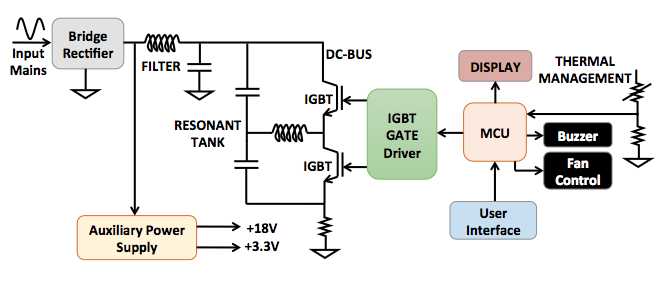What would be the most efficient way in thoery to build an induction cooker (hob) to run from DC power at low (ish?*) voltages? I say in theory, so the answers are not limited by products that exist on the market, but by the practical physics/engineering (and in case anyone is listening, and wants to bring a specialised cooker to market for Yachts, RVs, off-grid installations etc).
So, asssuming that an inverter to step up the 48V DC to 240V AC would work (if it has enough rated power) but has some inneficiency/loss, could an induction cooker be designed that runs natively on 48V DC source (or 24V) more efficiently?
For context, increasingly sailing yachts are moving to electric only power[1][2][3], with big battery banks and no engine. These systems seem to run at around 48V DC (various other voltages are also used). However, as far as I can tell all induction hobs run on AC domestic power (240/250v AC - or 110V AC in the US I assume). Anecdotally, some of these boats also use electric cooking, so they do not to have to carry gas for the cookers, but I didn't find details of these cooking set ups.
Off-topic for this question is the batteries, their storage capacity and current/power availability. Let's just assume there's plenty. (it's an interesting topic, but it's not what I'm asking here).
* I say low voltage, I don't know if 48V counts or not. It's a far cry from 3V inputs in a microcontroller, but equally far from the multi-kV of high voltage systems.

